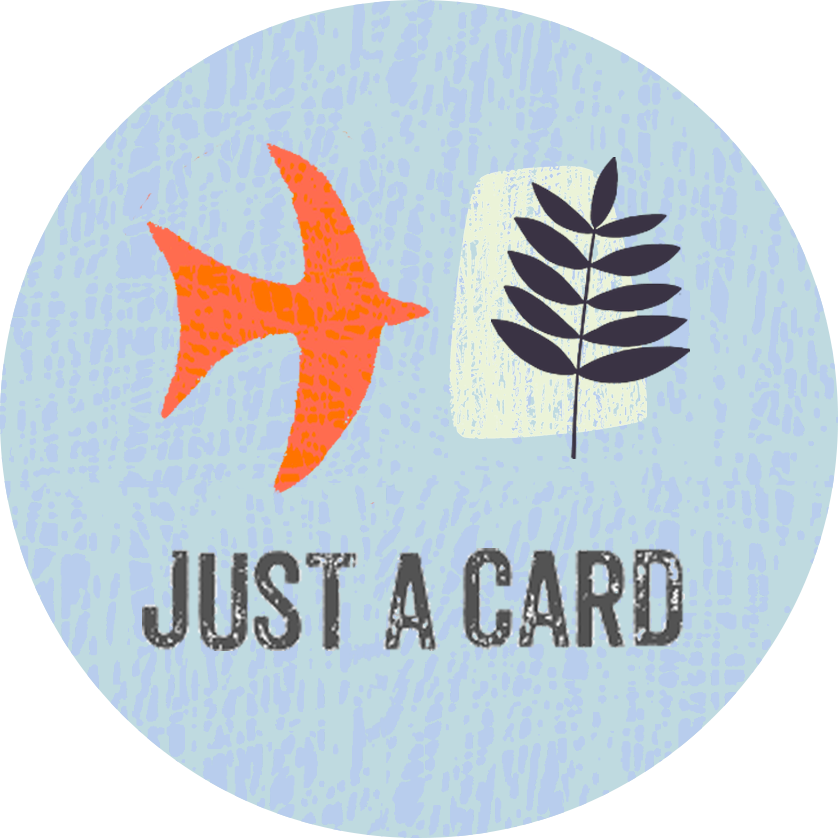How To Structure Your Marketing Plan
By Kayte Ferris
A question I’m often asked is “how do I do a marketing plan?”. Marketing plans are one of those things that we somehow know that we need, but the advice and templates out there are complex, confusing and overwhelming. Don’t let this put you off or feel unworthy – just because your business doesn’t fit nicely into someone else’s template doesn’t mean you’re doing things all wrong, it means you need a different template.
First off, let’s talk about why having a marketing plan is important. There is a tendency to silo everything off in your business, to separate out marketing from admin, from creating, from client work. That’s why marketing ends up being this directionless job that you have to do but aren’t really sure to what end. Really, everything in your business, but especially marketing, need to work as one in order to be effective. When you think about all the elements of your business as a holistic whole working towards the same ends, it becomes much easier to make an effective plan you can stick to.
So how do you write a marketing plan?
Start with business goals
The job of marketing is to get you to reach your business goals. Want to double your income? Marketing will get you there. Want more Instagram followers? Marketing. Want to launch a new product? Marketing. So it’s vital that your marketing plan is not kept separate from the rest of your business but is integrated into everything you do.
I’m a great advocate of working backwards from the point you want to get to. So when you’re starting out with your marketing plan, start with the end point, and work out what will need to happen to get you there. Your marketing plan therefore needs to be helping you with these steps through your content, sales copy, social media etc.
In terms of structuring the marketing plan, I like to get really simple and divide activity into two types: baseline and projects.
Baseline
Baseline is all your basic ‘hygiene’ marketing – the bare bones you need to be doing to basically be a business. This is the stuff that keeps you ticking over, that ensures if you do nothing else you’re still showing up and being visible. It’s all the things you should be doing consistently, week in week out. So that’s posting on social media, sending email marketing, publishing blog content (or podcasts or videos).
It’s all stuff that’s on your channels that means that you’re showing up for your current audience making sure they don’t forget you, but also putting little threads out into the wider world to attract new customers too.
Your baseline marketing also goes hand in hand with things like customer service and admin (because it’s no good showing up on social media when you’ve not replied to any emails in 3 weeks). It’s about being consistent and serving people the best way you can.
Projects
Projects are the really fun stuff. These are short term blasts of activity that will cause peaks in your stats and make big changes in your business. If baseline activities are you putting one foot in front of the other on the path to you goal, projects are you leaping weeks and months ahead.
A typical project would be a campaign: a burst of activity around a certain theme. So say you’re launching a new candle in your shop that is inspired by the sea – all your social media that month may be about the seaside and why it inspires you, you may send influencers and press samples of the candle with a collection of shells for them to feature, you might create an email series about exploring the scents of the sea, maybe even take advertising out in a magazine.
A project doesn’t just have to be around a product launch, it can be anything that takes you closer to a goal. If your goal is to increase your Instagram followers, then something as simple as a Follow Friday would count as a project. Launching a new opt in to get new email subscribers is a project, pitching for guest posts or podcast appearances are all projects.
And sometimes, a project can become part of your baseline. Say you sell your products wholesale to retailers and want to create a pack for them the help them understand and sell your products better. It might be a project to create the pack and send it out to your existing customers, but then it becomes part of your baseline whenever you take on a retailer just to send it out to them.
And really, that’s all there is to it! Start with your goals and be clear about how you want marketing to get you there. Establish your baseline activities and decide how and when you want to be showing up (i.e., do you post on Instagram daily, or three times a week? Do you send monthly or weekly emails?), and plot them into a calendar to ensure you’re always on top of it. Then plan in a few projects through the year to really maximise the effect of your baseline work. This might look like a big influencer campaign to promote your products at Christmas, creating a new opt in for the spring, planning an event for the summer and pitching for magazine features in autumn.





